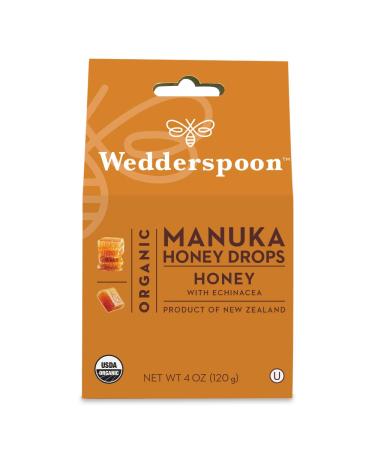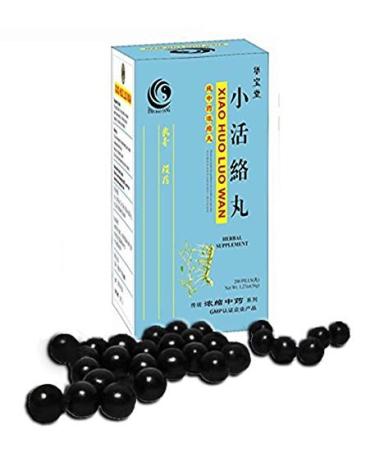Features
Bean Type: Arabica (Mundo Novo, Catuai, Acaia, Topazio)Tasting Notes: Rare flowers and tropical fruitsAroma (Smell): Milk Chocolate and HazelnutBody: Low-SmoothGrowing Altitude: 1270 mHarvest Period: December-JanuaryProcessing process: Natural ProcessingAcidity: WinelikeTaste: Smooth, intense flavor at first sip and a clear finish.The Cerrado is a vast, tropical, ecological region of Brazil, which exports the world's largest coffee. The region spans six states and boasts flat, tropical soil highly suitable for agriculture. Between 1975 and 1980, thanks to the Brazilian government's intense efforts, incentives, and planned structuring, the Cerrado region became quite suitable for tropical agriculture. Besides coffee, the predominant plants cultivated in the region include lime, eucalyptus, and soybeans.Coffee is a plant that picks up traces of other crops grown nearby. Therefore, you're likely to encounter notes of many tropical fruits, from lime to eucalyptus, in our Brazilian Cerrado Regional Coffee. We recommend trying to identify these as you sip your coffee.Detailed InformationMundo Novo Arabica was discovered in Mineiros do Tiete in Sao Paolo, Brazil, as a natural mutation of the parent varieties Typica and Bourbon. The other three types are Mundo Novo hybrids. The most well-known of these, cultivated in various regions, is the Catuai variety, created through a mutation created by human intervention through the mating of Caturra, another Bourbon mutation, with Mundo Novo. The beans have a 15 16 sieve size.Mundo Novo, Catuai Acaia, and Topazio share the same family tree, but share distinct flavor notes influenced by mutations and changing climates. The diversity within this range accounts for the dominant aroma of milk chocolate and hazelnut, as well as floral and tropical flavors.The harvest is carried out in late December and January. It undergoes a natural processing process. The fruits are first dried in the sun and then rested in storage for about 30 days. During this resting period, the bond between the fruit and the seed dissolves naturally. Afterward, true separation occurs in drum sieves. The seeds, placed in sacks, are now ready for export. The dry processing method is the oldest known processing method.How to Drink Brewing MethodThe chocolate aroma you experience at the moment of grinding begins to soften with the first drops of water in filtered brewing, revealing floral scents. Both the drink and the finish are quite smooth.As the coffee cools in the cup, the wine-like acidity begins to be felt quite clearly, but it is never at a disturbing level. On the contrary, it transforms the last sips at the end of your cup into something new and enjoyable.Who Should PreferThis is an ideal product for those who enjoy a smooth drink and want to capture the aroma of chocolate and the tropical flavors that accompany it. If you love acidity in coffee and want to open your palate to different acidity levels, this will be a coffee that will open up new flavors for you.Not Suitable ForHigh body, low acidity and It may not be suitable for those who like a strong taste on the palate.













